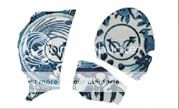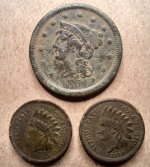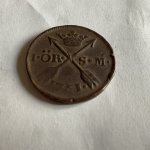Hi everyone!
Can someone please help me to tell me something about
this bottle I recently found?
Put this out in "what is this?" before, but try it in this topic
also.
I will be interested in any ideas of how old it is, where it
comes from or what it can be worth?
I also hope it's real and not a fake...be glad if you give me
your guess with motivation on that :-)
Even though I don't know nothing about bottles yet, I do know
that I like this one :-)
Thank you so much in advance!
Pia
Can someone please help me to tell me something about
this bottle I recently found?
Put this out in "what is this?" before, but try it in this topic
also.
I will be interested in any ideas of how old it is, where it
comes from or what it can be worth?
I also hope it's real and not a fake...be glad if you give me
your guess with motivation on that :-)
Even though I don't know nothing about bottles yet, I do know
that I like this one :-)
Thank you so much in advance!
Pia
Attachments
-
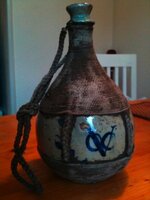 IMG_0.jpg29.6 KB · Views: 1,504
IMG_0.jpg29.6 KB · Views: 1,504 -
 IMG_1.jpg28.8 KB · Views: 521
IMG_1.jpg28.8 KB · Views: 521 -
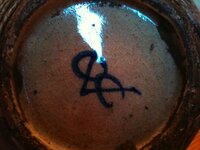 IMG_2.jpg35.3 KB · Views: 753
IMG_2.jpg35.3 KB · Views: 753 -
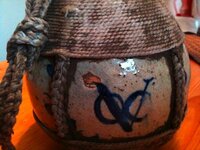 IMG_3.jpg46.7 KB · Views: 788
IMG_3.jpg46.7 KB · Views: 788 -
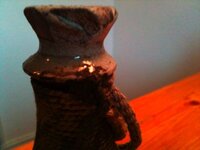 IMG_4.jpg24.7 KB · Views: 489
IMG_4.jpg24.7 KB · Views: 489 -
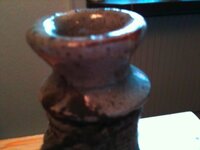 IMG_5.jpg21 KB · Views: 514
IMG_5.jpg21 KB · Views: 514 -
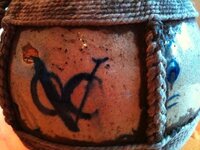 IMG_6.jpg46.9 KB · Views: 563
IMG_6.jpg46.9 KB · Views: 563 -
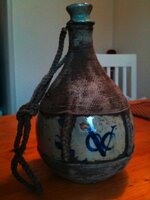 IMG_0.jpg29.6 KB · Views: 521
IMG_0.jpg29.6 KB · Views: 521 -
 IMG_1.jpg28.8 KB · Views: 511
IMG_1.jpg28.8 KB · Views: 511 -
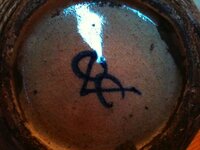 IMG_2.jpg35.3 KB · Views: 536
IMG_2.jpg35.3 KB · Views: 536 -
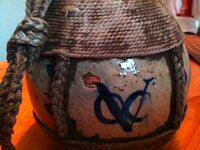 IMG_3.jpg46.7 KB · Views: 497
IMG_3.jpg46.7 KB · Views: 497 -
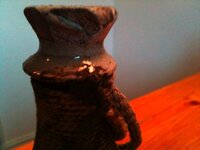 IMG_4.jpg24.7 KB · Views: 476
IMG_4.jpg24.7 KB · Views: 476 -
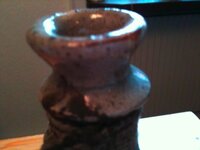 IMG_5.jpg21 KB · Views: 522
IMG_5.jpg21 KB · Views: 522 -
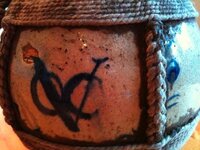 IMG_6.jpg46.9 KB · Views: 494
IMG_6.jpg46.9 KB · Views: 494


